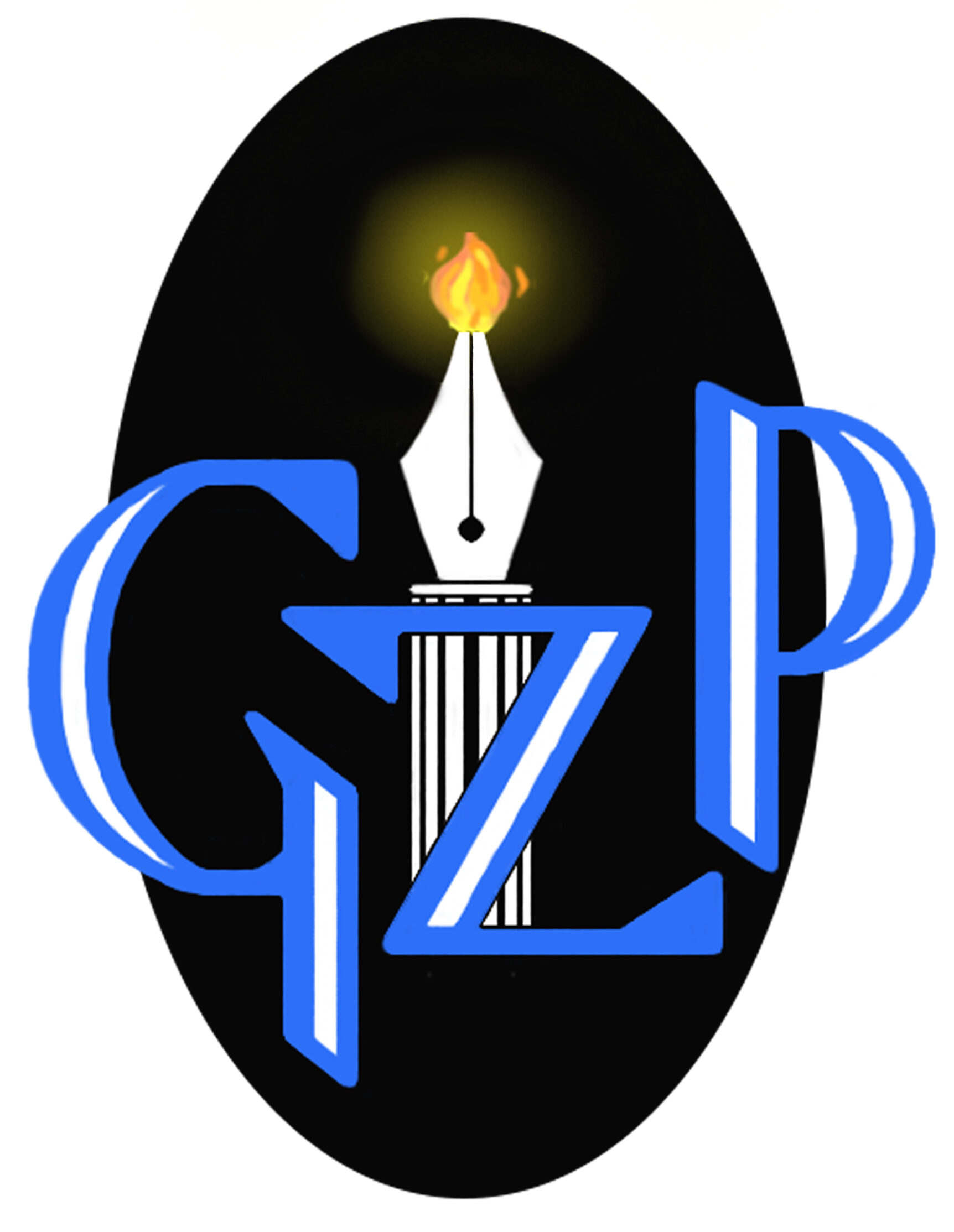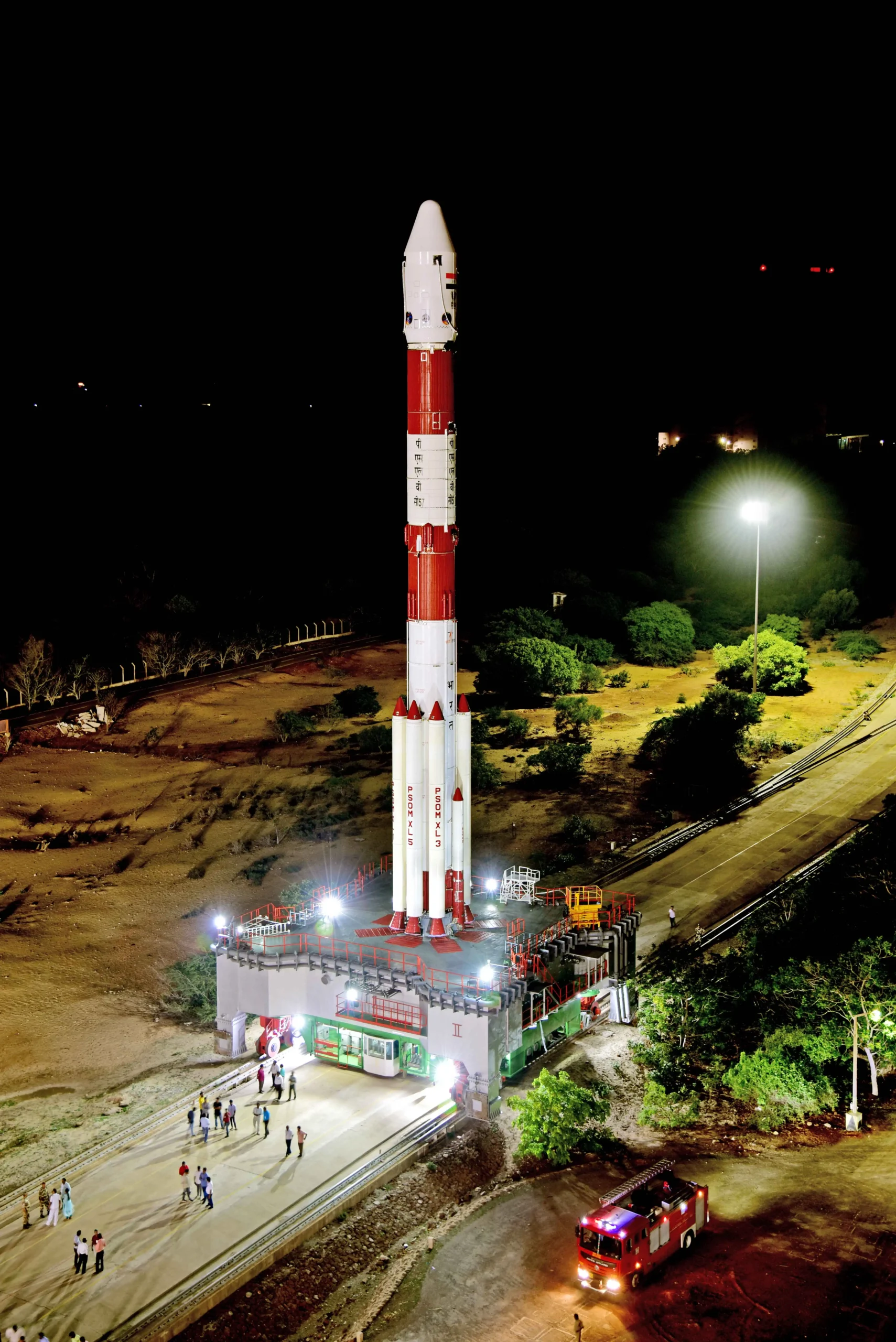Earlier today (November 25), the Union Minister of State for Space, Dr. Jitendra Singh witnessed an unusual event – a sounding rocket was launched from the Space Pod at Thumba Equatorial Rocket Launch Station (TERLS) in Thiruvananthapuram, Kerala. The countdown was meticulously read by former ISRO engineer Pramod Kale and a tiny (relatively speaking) rocket shot off into the sky spewing out white smoke as the engineers and scientists gathered in the Thumba launch station cheered and congratulated each other.
Exactly sixty years ago, in November 1963, a similar rocket was launched from the exact location with the countdown read by the same Pramod Kale marking the beginning of India’s space odyssey that has now reached a stage where India achieved two major accomplishments, the Chandrayaan – 3 moon mission and ISRO’s maiden solar exploration mission Aditya – L1, just earlier this year.
Exactly sixty years ago, in November 1963, a similar rocket was launched from the exact location with the countdown read by the same Pramod Kale marking the beginning of India’s space odyssey.
It all began with Sounding Rockets. These rockets are one- or two-stage solid propellant rockets used for probing the upper atmospheric regions and for space research. They are mostly used these days to test new components or systems intended for use in launch vehicles such as the PSLV and GSLV.
The first rockets had two-stage propellants imported from Russia (M-100) and France (Centraure), according to the ISRO. While the M-100 could carry a payload of 70 kg to an altitude of 85 kilometres, the Centaure was capable of reaching 150 kilometres with a payload of approximately 30 kg. The launch station was established in Thumba as it was close to the magnetic equator.
ISRO began to launch indigenously made sounding rockets from 1965 and the experience gained in the process was of immense value in mastering solid propellant technology. In 1975, all sounding rocket activities were consolidated under the Rohini Sounding Rocket (RSR) Programme. The RH-75, with a diameter of 75mm was the first truly Indian sounding rocket, which was followed by RH-100 and RH-125 rockets. The sounding rocket programme was the bedrock on which the edifice of launch vehicle technology in ISRO could be built. It is possible to conduct coordinated campaigns by simultaneously launching sounding rockets from different locations. It is also possible to launch several sounding rockets in a single day.
Since its early days, the Indian space programme had three distinct elements including developing satellites for communication and remote sensing, the space transportation system and application programmes. In 1967, the first ‘Experimental Satellite Communication Earth Station (ESCES)’ located in Ahmedabad was operationalised.
The first Indian spacecraft ‘Aryabhata’ was developed and launched using a Soviet Launcher in April 1975. The next major landmark was the development of the first launch vehicle SLV-3 with a capability to place 40 kg in Low Earth Orbit (LEO), which had its first successful flight in 1980.
The first Indian spacecraft ‘Aryabhata’ was developed and launched using a Soviet Launcher in April 1975. The next major landmark was the development of the first launch vehicle SLV-3 with a capability to place 40 kg in Low Earth Orbit (LEO), which had its first successful flight in 1980. Through the SLV-3 programme, competence was built up for the overall vehicle design, mission design, material, hardware fabrication, solid propulsion technology, control power plants, avionics, vehicle integration checkout and launch operations. Development of multistage rocket systems with appropriate control and guidance systems to orbit a satellite was a major landmark in our space programme. The SLVs paved way for the ASLVs which were later improvised into Polar Satellite Launch Vehicle (PSLV) and Geosynchronous Satellite Launch Vehicle (GSLV) launch vehicles during the decades that followed. As of now, the ISRO uses the PSLV, GSLV and GSLV-Mark3 or LVM3 launch vehicle for its various missions besides sounding rockets. These rockets have carried communication satellites, earth observation satellites, navigation satellites, small satellites, student satellites besides scientific spacecrafts.
“Currently, the ISRO has launched more than 380 foreign satellites, earning more than 220 million Euros and over 170 million US Dollars by launching American satellites.”
Dr. Jitendra Singh, Union Minister of State for Space
Dr. Jitendra Singh, while addressing the gathering at Thumba, had pointed out how even though the USA and the then Soviet Union had started their Space journey long before India and America also landed a human being on the surface of Moon in 1969, it was our Chandrayaan that brought home the evidence of water on the surface of Moon and now Chandrayaan – 3 was the first to land on the South Pole of the moon. He also highlighted how the country’s space programme as accelerated dramatically over the past decade. Until 2013, a total of 40 launch vehicle missions were accomplished with nearly three launches on an average every year. However, this has doubled since with 53 missions conducted at six launches every year so far. Currently, the ISRO has launched more than 380 foreign satellites, earning more than 220 million Euros and over 170 million US Dollars by launching American satellites. Due to opening up of the Space sector, emergence of Space Startups and Industry linkages, India’s Space economy could skyrocket from about $8 billion at present to $100 Billion in the years to come, the minister stated.


